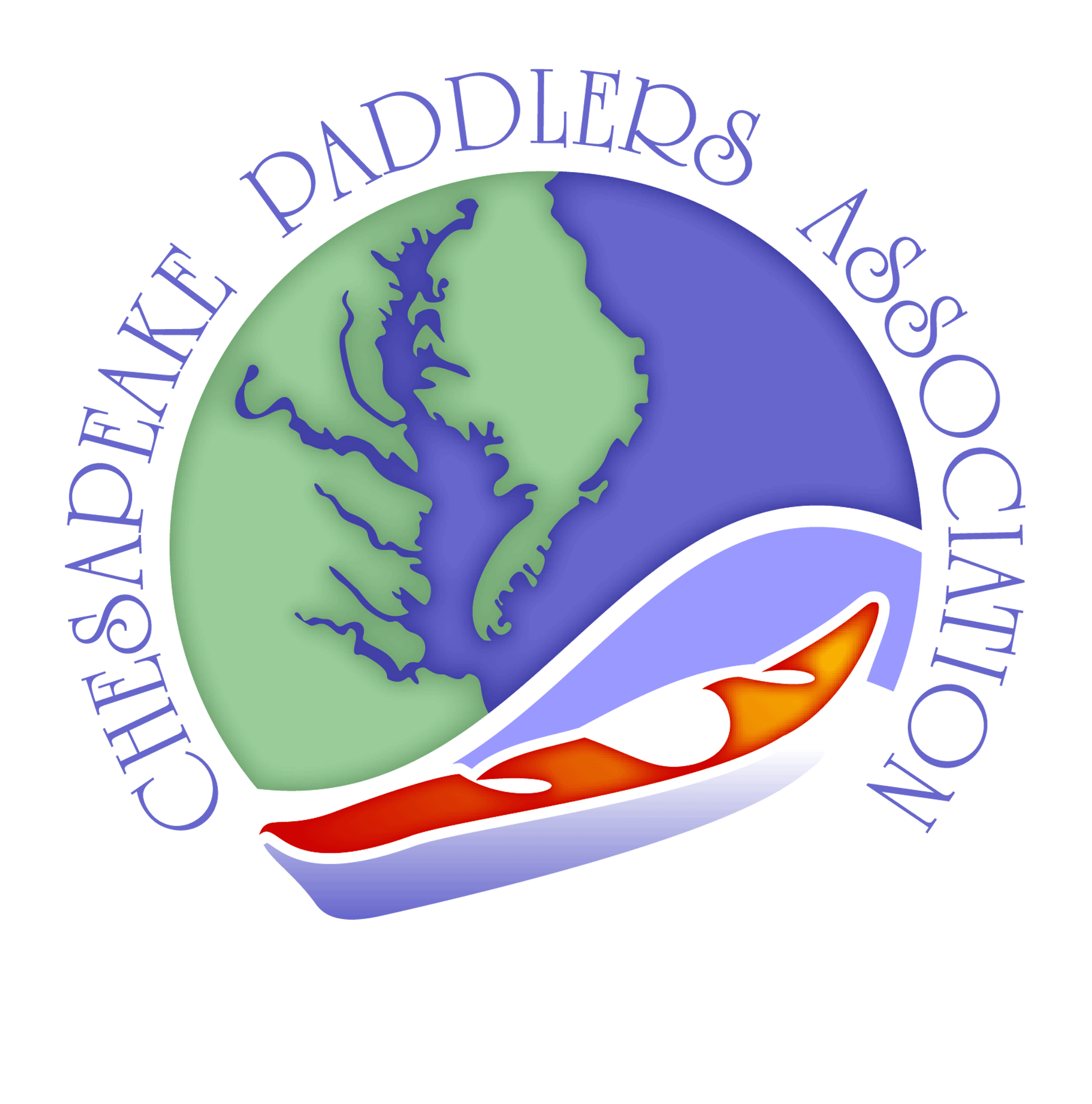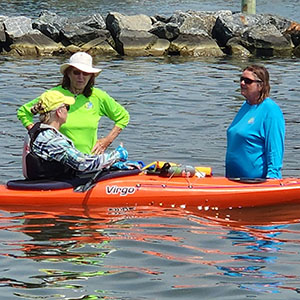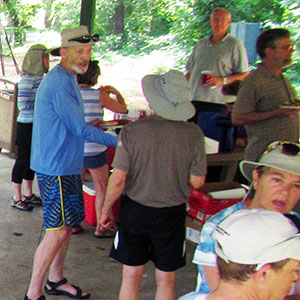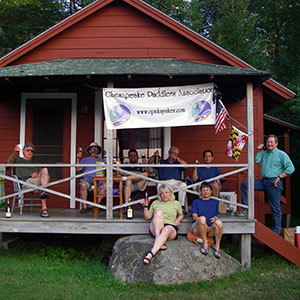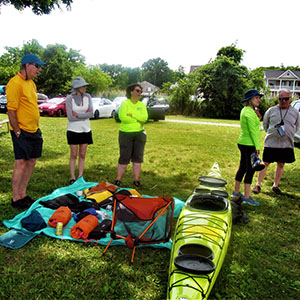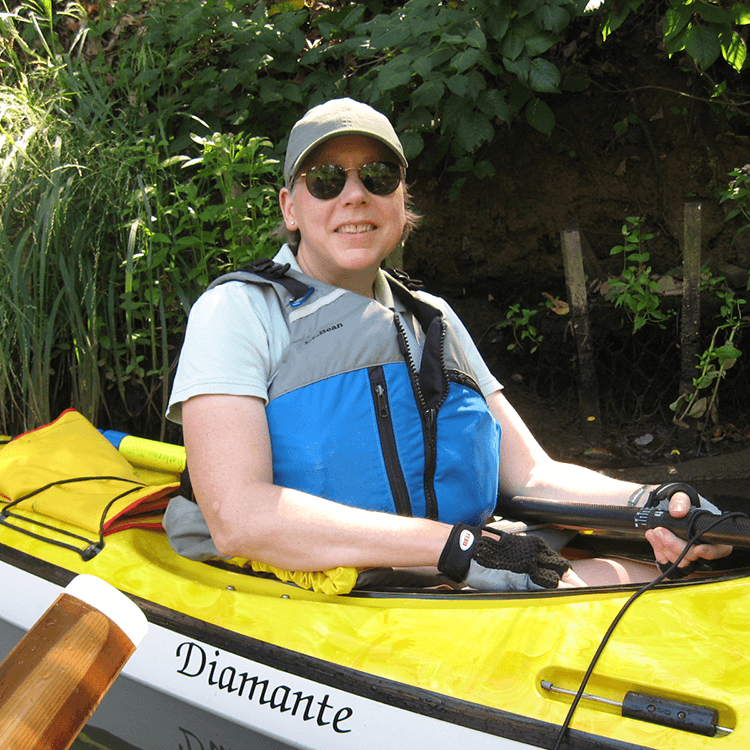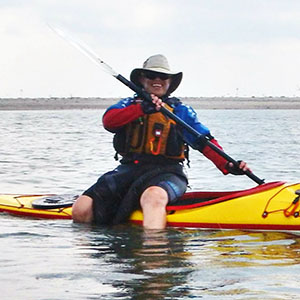Note that trip ratings will depend on the judgment of the leader. This information is designed to provide guidelines that will help the leaders make an accurate assessment of the level of difficulty of the paddle and the skills required by participants. Conditions are not the only criteria. Whenever a trip leader decides that there are circumstances that may increase the level of difficulty of a paddle, higher trip ratings may be appropriate.
Conditions
Anticipated conditions are based on weather predictions, tide and current tables, and local knowledge of the area where you will be paddling. Predictions are averages and are subject to change. It is up to the trip leader to determine the level based on the following criteria.
The following table represents conditions that are appropriate for each level

Other Factors to Consider When Rating a Trip
Distance alone does not define the trip rating. Once a paddler develops advanced beginner skills, distance is dependent on conditioning as much as skill level. Anticipated distance should always be included in a trip description.
Pace
Anticipated paddling pace should always be included in the trip description. This does not define the trip level, once a paddler develops advanced beginner skills, they may want to focus on pace rather than conditions.
- Scenic (Average < 3 kt) – this is a more leisurely pace allowing time for paddlers to explore shoreline features and take photos etc.
- Moderate (Average 3 kt) – this is an average paddling speed allowing time for breaks, water etc. This represents speed over water and may need to be adjusted for current or wind.
- Performance (Average > 3 kt) – this is for paddlers who like to maximize the distance covered over time.
Special Features
This section describes any additional conditions that may be encountered during the trip.
- Open Water Crossings – open water crossings increase the risk of changes to conditions that may impact a paddler. Conditions may change from L2 to L3 or from L3 to L4 before the paddlers have time to get to more sheltered waters. These paddles should be rated at last 1 level above the anticipated conditions to account for the possibility of change.
- Surf – breaking waves are a special challenge and may not be present on all intermediate to advanced paddles. Whenever surf conditions are expected, it should be clearly defined in the trip description.
- Tides / Currents – any anticipated tide races should be mentioned in the trip description.
Skill Evaluation
Paddlers on most trips will perform self-assessment of their skill level. In addition trip leaders may have observed paddlers on other trips or may contact other trip leaders if there are questions. This is especially important when leading higher level trips in more difficult conditions.
Once a paddler learns the basic skills, advancement to higher levels is primarily applying these skills in increasingly difficult conditions. We assume that paddlers at higher levels have mastered the skills from the previous level.
Trip Leaders should always be comfortable in the anticipated conditions. A trip leader cannot be effective when they are functioning in survival mode. For intermediate to advanced trips, it’s a good idea to have back up safety paddlers or co-leaders. In the event that something does happen, your safety or co leader can assist the paddler in trouble and there is still a leader with the group.
Skill Levels
Level 1 – Beginner
- Launching and Landing from a low dock, beach, or boat ramp safely.
- Efficiently maneuver the kayak in calm water:
- Paddle forward with good control, be able to stop and turn the kayak to avoid obstacles and other paddlers.
- Prevent capsize using a low brace.
- Has the ability to stay with a group at a slow pace for shorter distances.
- Rescue/Safety
- Wet-exit keeping control of the boat and paddle
- Assisted Rescue (T Rescue)
- Perform a self-rescue using a paddle float.
Level 2 – Advanced Beginner
- Efficiently maneuver the kayak in protected waters
- Has the ability to maintain course, stability, and speed appropriate to the environment while paddling forward in winds up to 10 kt.
- Can stop, maneuver had hold position in light winds and current.
- Has developed a more efficient forward stroke and can maintain a moderate speed for longer paddles.
- Prevent capsize using appropriate bracing techniques
- Rescue/Safety
- Wet-exit keeping control of the boat and paddle
- Assisted Rescue (T Rescue)
- Perform a self-rescue using a paddle float.
Level 3 – Intermediate
- Negotiate Wind & Sea Conditions appropriate for Level 3
- Has the ability to maintain course, stability, and speed appropriate to the environment while paddling forward.
- Has the ability to hold position, and/or to turn and maneuver efficiently in 10 to 15 knot winds and 2 kt current.
- Rescue/Safety
- Wet-exit keeping control of the boat and paddle
- Rapid and efficient Assisted Rescue (T Rescue)
- Perform a self-rescue – Cowboy, Paddle Float, Reenter and Roll, Roll (optional), etc.
- Solo / Assisted / Contact Towing
- Launch and Land in 2 foot breaking waves (if surf is included in the trip)
Level 4 – Advanced Intermediate
- Negotiate Wind & Sea Conditions appropriate for Level 4
- Has the ability to paddle comfortably in moderate seas with good directional control in a head sea / beam sea / quartering sea / following sea
- Has the ability to turn up and down wind efficiently
- Able to negotiate moderate (3 kt ) current using ferry angles (forward & reverse) and eddy turns
- Launch and Land in 3 foot breaking waves (if surf is included in the trip)
- Rescue/Safety
- Self-Rescue: using technique such as reenter & roll / paddle float reentry / cowboy scramble / roll
- Rapid and efficient Assisted Rescues including T – Rescue, Bow Rescue, etc.
- Swimmer Rescue: Stern toggle tow / bow push / back deck
- Towing – Solo / Assisted / Contact
Evaluating Conditions
Wind
Judging Wind Speed

You can find a detailed description of the Beaufort scale with photos here.
Effects of Wind on Paddling
Generally we consider the average paddling speed for most paddlers with Level 2 skills or above to be approximately 3 knots, a little bit faster than 3 mph. This represents the speed over water. Speed Made Good is how fast you are moving over the surface of the earth and is more representative of how quickly you will cover the distance you plan to paddle. Headwinds will reduce paddling speed for the same level of effort and the impacts will be greater on individuals with weaker skills.

Wind is also a factor in generating waves so in addition to the direct effect of the wind on paddling speed, the resulting waves should also be considered.
Wave Height
Wind Waves are developed by localized wind traveling across the water. These waves generally have shorter wavelengths making them steeper.

Figure 1 Wave Terminology
Wave Generation is dependent on:
- Wind velocity
- Fetch
- Duration
Judging wave height can be deceiving. When you are standing, you think of something that is head height as being between 5 and 6 feet tall. If you keep that frame of reference while sitting in a kayak you might think a wave coming at you head high is also between 5 and 6 feet, when in reality it is only approximately 3 feet. Remember that predicted wave heights are averages and not maximums.

Figure 2 Wave Height in relation to a paddler in a sea kayak
Ocean Swell is developed by far away wind and is generally not of serious consequence as a hazard to kayakers. It’s like paddling up a hill and down a hill. This is very different from short period choppy waves like the ones shown above. When paddling in ocean swell, sea sickness is a concern.

Figure 3 Long Period Ocean Swell in relation to a paddler in a sea kayak
However large ocean swell can create very large surf when these waves move into shallower water. When paddling in the ocean when there is big swell, make sure that there are protected landing and launch sites. Large swell can also interact with narrow inlets effectively blocking you from returning to calmer waters.
Current
Current is the flow of water from an area of high water to an area of low water. The speed of the current depends on several factors including the magnitude of the difference between the water levels and the geometry of the land formations. Narrow channels and constrictions such as jettied inlets tend to have faster currents. Currents can have a significant impact on a paddler’s ability to cover distance.

Strong currents may generate standing waves and eddy lines as the current interacts with land features and changes in water depth.
